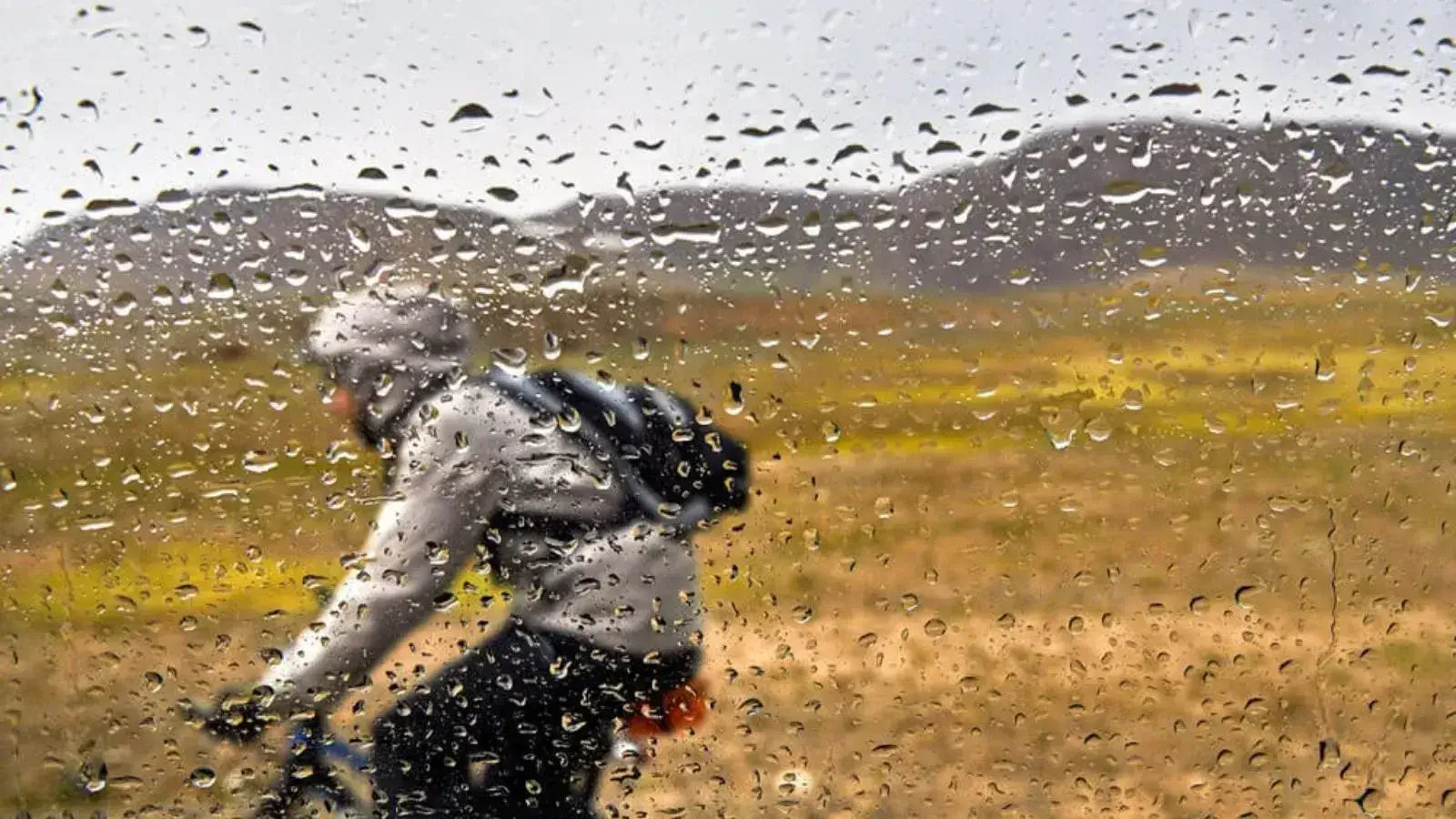
Can You Ride an Electric Bike in the Rain? A Comprehensive Guide to Safe Wet-Weather Riding
Introduction: Answering the Core Question
Electric bikes are built to handle light rain. Most e-bikes have sealed parts. Water resistance is not waterproof. A waterproof bike could be under water.
Ingress Protection (IP) ratings are important. IPX4 to IPX6 mean protection from splashes. This gives riders confidence in damp weather. The motor and battery are safe. Heavy rain is a risk.
Experts say rain riding is safe if you are careful. Urban riders ride in showers with no problems. They avoid puddles. Riders in rainy areas like water-resistant models.
This guide explains water resistance. It tells how to check your e-bike. It covers safety for wet weather. We look at maintenance after rain. With this, you can ride in the rain. You will have a plan to be safe.
Understanding Electric Bike Water Resistance
Water resistance in electric bikes protects the battery and motor from rain. Designs stop water from getting into parts. Many e-bikes have an IPX4 or IPX6 rating. They resist splashes and short rain.
Gaskets, sealants, and waterproof plugs are important. Battery areas are made to keep out water. Cables have rubber around them. Motors have sealed boxes. These designs meet industry rules.
Riders say light rain does not cause problems. Some surveys say 70% of riders used e-bikes in rain with no damage. They followed the rules. The average resistance to water is 80 to 100 mm.
Good seals are key. Controllers and plugs have O-rings and silicone. Some bikes have waterproof covers for batteries and screens. This stops shorts, which can happen in rain.
Riders say their bikes work fine after riding in the rain. These stories match what the makers say. E-bikes are not waterproof. They are water-resistant. See Cycling Electric's insights on water resistance for more.
Assessing Your E-Bike’s Specifications
You should check your e-bike before riding in rain. The manual has the IP rating and ability to handle water. Look for words like “water-resistant,” or “IPX4 / IPX6.”
Here is a checklist for water-resistant features:
• Check the IP rating of the battery, motor, and controller.
• Are the plugs and wires sealed or waterproof?
• Look for fenders that add water resistance.
• See what the maker says about riding in the rain.
Check your bike for signs of how strong it is. If the battery is in the frame with rubber, it is safer from water. Fenders keep water off parts.
This table helps for quick checking:
| Feature | What to Look For | Notes |
| Battery Compartment | Sealed, integrated design | Should mention IP rating |
| Motor Enclosure | Waterproof casing, gaskets | Look for mention of splash resistance |
| Connectors and Cables | Waterproof connectors, rubber casing | Check for corrosion resistance |
| Additional Accessories | Fenders, waterproof covers | Enhances overall protection |
This helps you know if your e-bike can handle rain. If unsure, ask the maker. A local dealer can help too.
Keep a copy of the bike's manual for rain. Checking like this stops damage. It also makes riding safer.
Safety Precautions When Riding in the Rain
Wet weather means you must be careful. Roads are slippery, so stopping takes longer. Brakes work less well when wet. Safety is very important for all riders.
Slowing down is one important thing. Slower speeds give you time to react. You can adjust stopping distance safely. Wet roads raise chances of sliding, so go slowly.
Rain gear is important to have. Waterproof clothes keep you dry. This makes you safer. Helmets with visors stop rain from hitting your face. Gloves help you hold the handlebars.
Avoid deep puddles and water. Water can hide problems like holes. It can also damage the bike. Riders lost control in water. Even good bikes have trouble in water.
Before you ride, use this list:
-
Check tires for wear.
-
Check brakes to see if they work in rain.
-
Make sure lights work.
-
Attach fenders.
Watch what is around you when you ride. Wet roads are tricky. Oil or leaves can cause problems. Plan for slower stopping, so leave more space.
Check the bike after you ride. Riders say drying it helps. Wiping the bike, especially the plugs, makes it last longer.
See community insights on riding in the rain for more help. These ideas come from years of riding in the rain.
Slowing down, using safety gear, avoiding water, and checking the bike before and after riding makes it safer. This protects the bike and the rider.

Maintenance Tips After Riding in Wet Conditions
After rain, take care of your e-bike. This makes it last longer. Taking care of it stops rust. It also stops problems with electric parts.
Do these steps after riding in rain:
-
Turn off the e-bike to protect it.
-
Take out the battery. Dry it with a cloth.
-
Dry the bike with a towel. Dry the motor, battery, and screen well.
-
Check the plugs and wires for water.
-
Use air to blow water out of tight spots.
-
Let the e-bike dry inside for 24 hours.
-
Oil the chain to stop rust.
Experienced riders say these steps are good. They help stop problems. They also make the bike last.
Check the brakes after the bike dries. Wet brakes can get rusty. Test them before riding. Also, check the tires. Water can get small rocks stuck in them.
This is a list for checking:
-
Turn off the bike and take out the battery.
-
Wipe all parts with a cloth.
-
Dry the electric parts well.
-
Check the plugs for water.
-
Blow air in tight spots if needed.
-
Let the bike dry for 24 hours.
-
Oil the chain.
-
Test the brakes before you ride.
Following these rules stops problems. They stop rust and shorts. Riders say this work stops big repairs after rain. Taking care of the bike is as important as riding safe.
Unique Insights & Advanced Tips for Optimal Rain Riding
Advanced riders make changes to do better in rain. They add parts and waterproof things. This helps the bike a lot.
One change is adding waterproof kits. These kits add fenders and better plugs. They also add seals that protect from water. Some riders add covers to the battery and screen.
Two riders show how these things help. Rider A had a bike with IPX4 parts. It got rusty after rain. Rider B used a waterproof kit with good fenders. He had no water damage. Adding waterproof parts stops problems that normal designs might not.
New trends are new materials and smart devices. Some e-bikes have water sensors. They tell you if there is too much water. Makers use coatings that push water away. These parts keep water away from electric areas. Soon, e-bikes will have great water protection and smart rain alerts.
Expert riders say you should get the bike checked often. Technicians can check the seals. This keeps the bike safe. It also keeps the bike working well.
Consider costs when you add to your e-bike. Waterproof parts cost money. But they save money on repairs. Riders who upgrade are more confident in heavy rain.
To go beyond normal water protection, change the bike. Add waterproof cables and battery areas. This makes the bike special for where you ride.
These tips help riders in wet weather. Waterproof kits, smart devices, and expert help set a new standard. With these ideas, riders protect their bikes. They also ride safer in all weather.
Conclusion & Final Recommendations
Electric bikes are designed to be water-resistant. They are safe for riding in light rain. Know your bike’s IP rating. Check parts that are not safe. Follow safety and maintenance steps.
Ride carefully by slowing down. Keep space between you and other things. Wear rain gear. Check the bike after riding. Do maintenance to stop damage. Add better parts for riding in tough rain.
Follow these rules to ride your e-bike in the rain. Keep yourself and the bike safe. Share your ideas to help others ride safely in all weather. Have fun riding, rain or shine!
FAQ:
-
Q: Is it safe to ride an electric bike in the rain?
A: Yes, most e-bikes are water-resistant (IPX4-IPX6 rated) and safe to ride in light rain, but they're not completely waterproof.
-
Q: What happens if my e-bike gets wet?
A: Modern e-bikes with proper water resistance can handle light rain, but excessive water exposure can damage electrical components and cause corrosion.
-
Q: How do I protect my e-bike from water damage?
A: Use fenders, avoid deep puddles, dry the bike after rides, and maintain regular waterproofing maintenance on connections and seals.
-
Q: Can I wash my electric bike?
A: Yes, but avoid high-pressure water streams. Use a damp cloth and gentle cleaning methods to prevent water from entering sensitive components.
-
Q: What's the minimum IP rating needed for riding in rain?
A: An IPX4 rating is minimum for rain riding, while IPX6 offers better protection against water splashes from any direction.



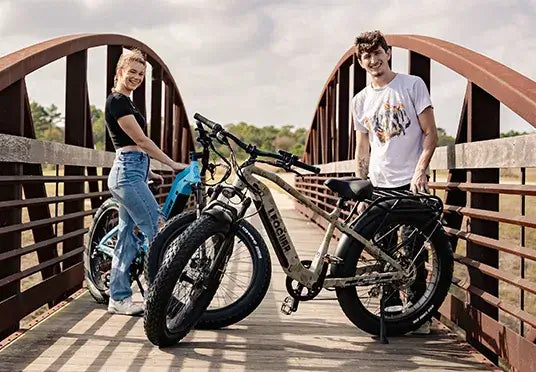
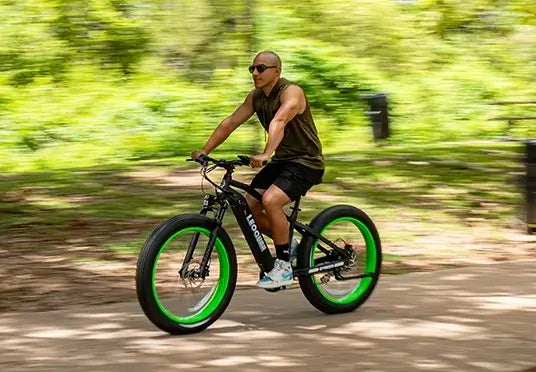
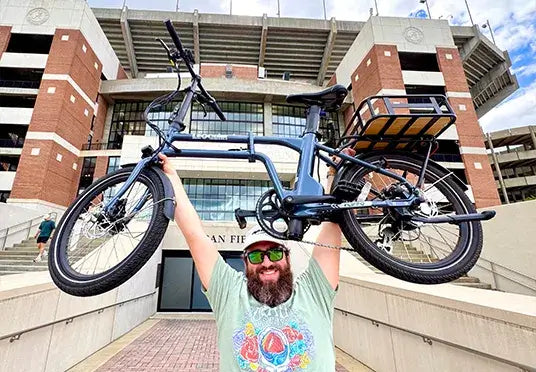
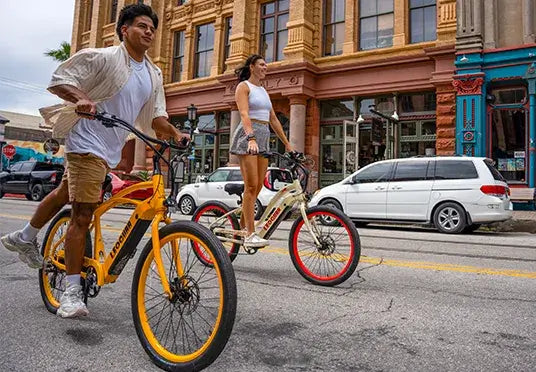
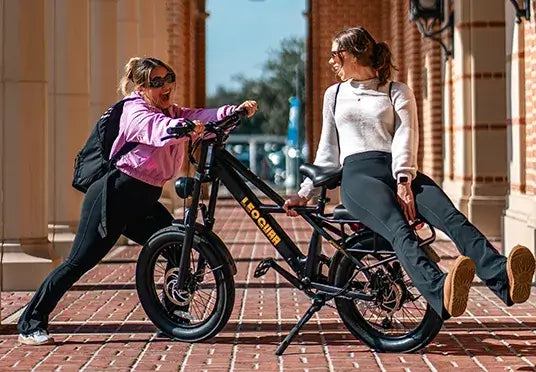
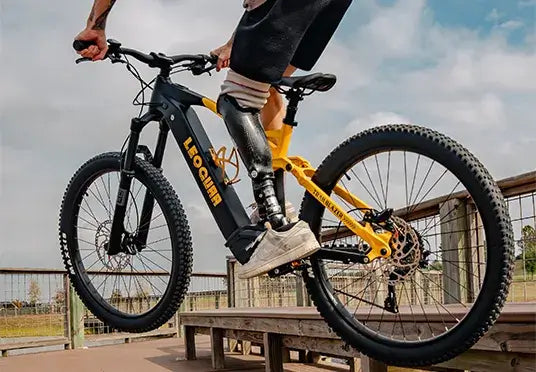

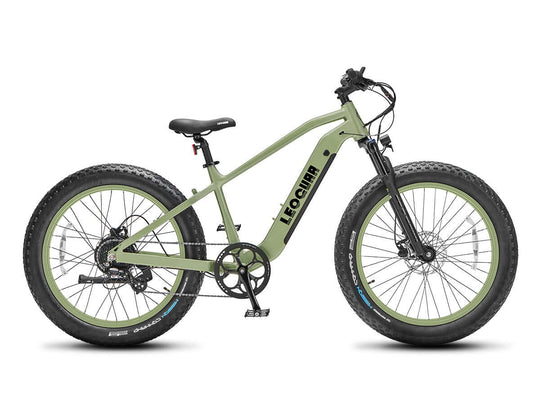
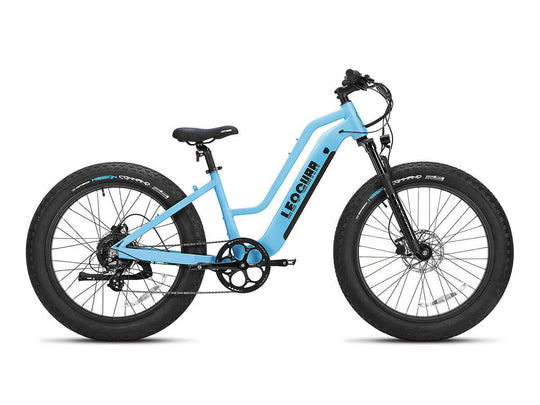
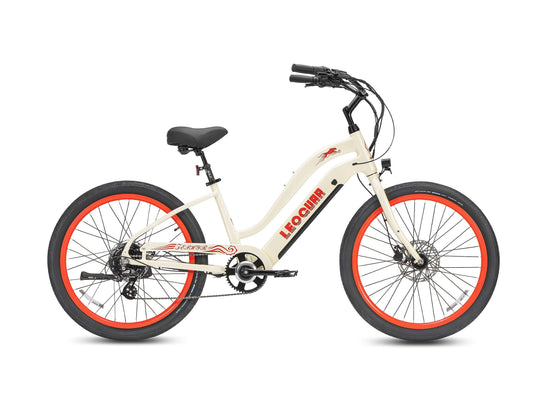
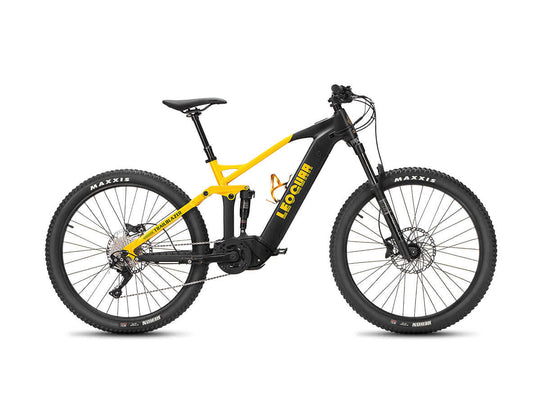
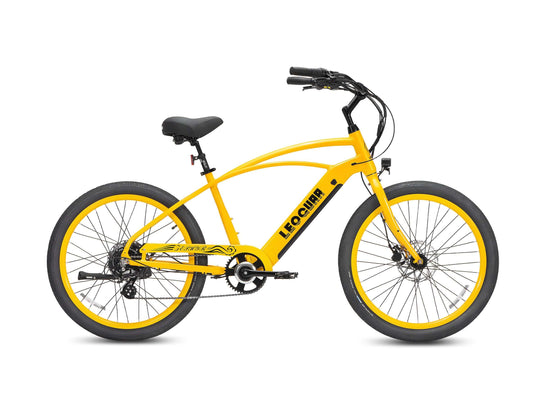
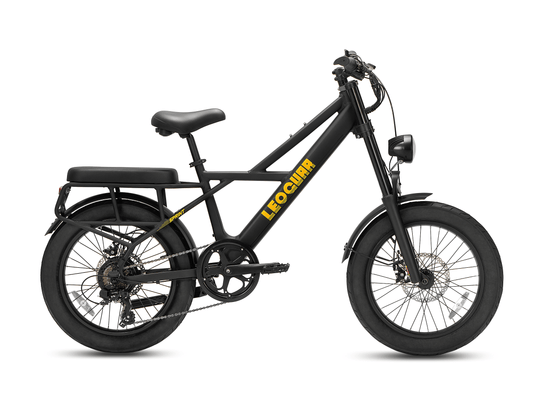

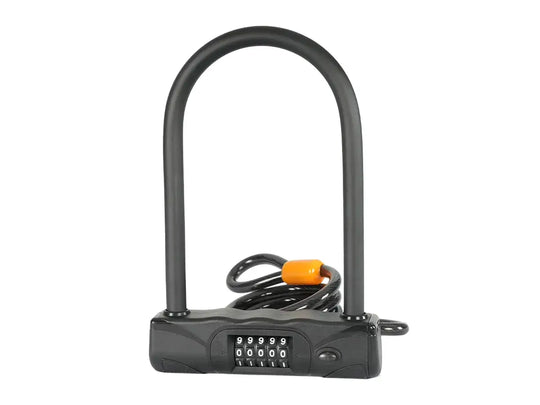
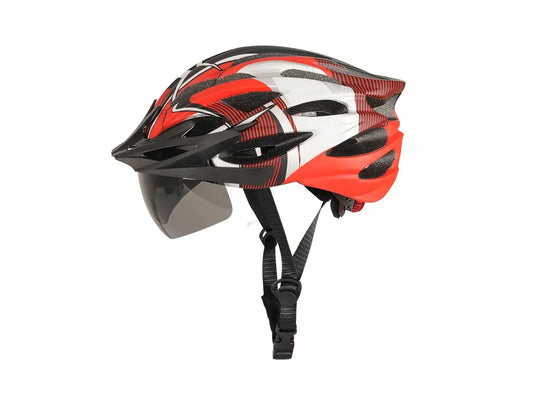
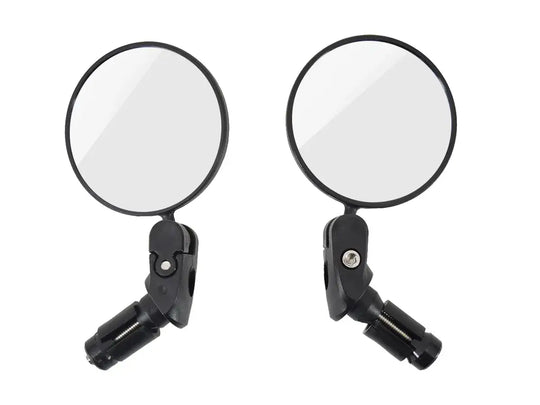

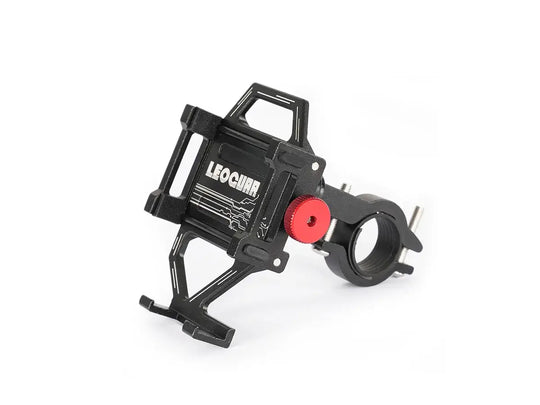
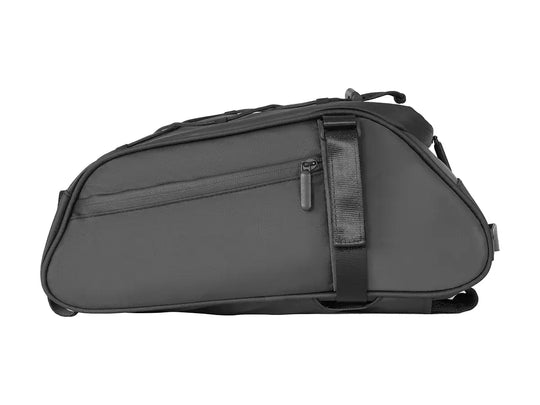
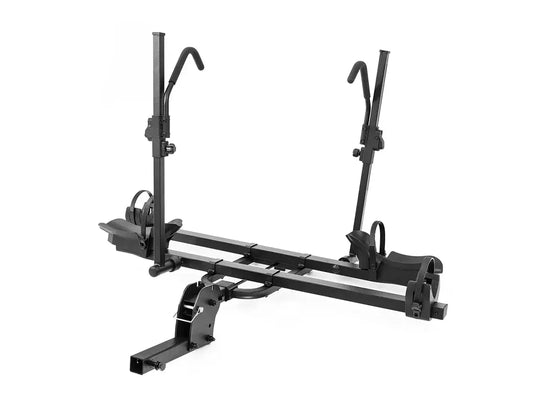
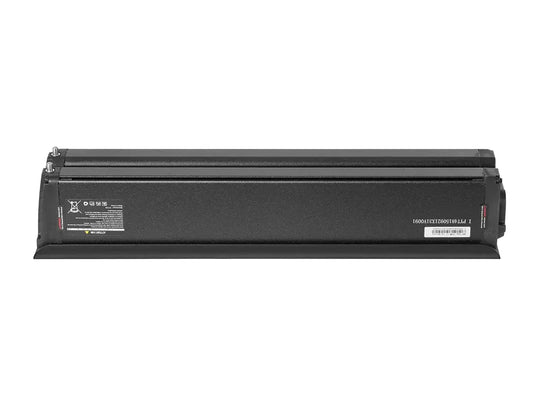
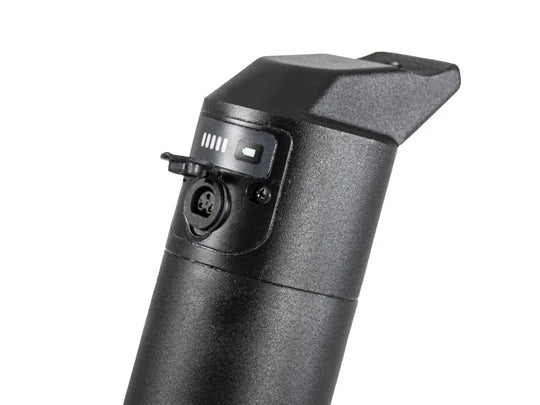
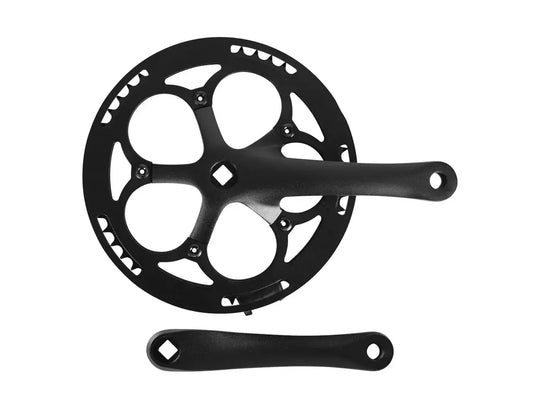
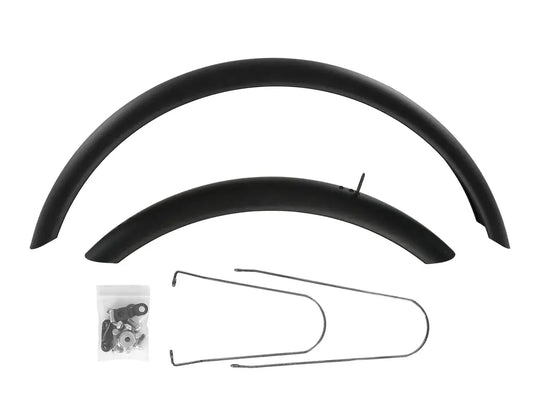
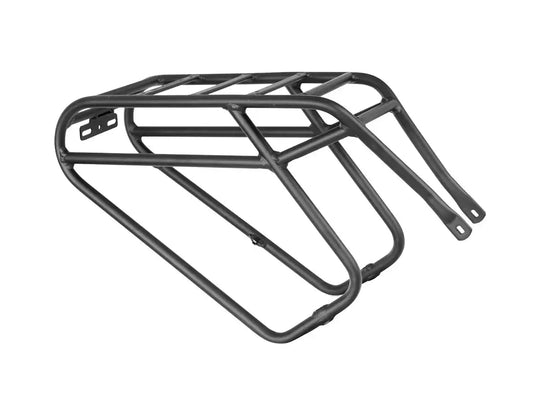
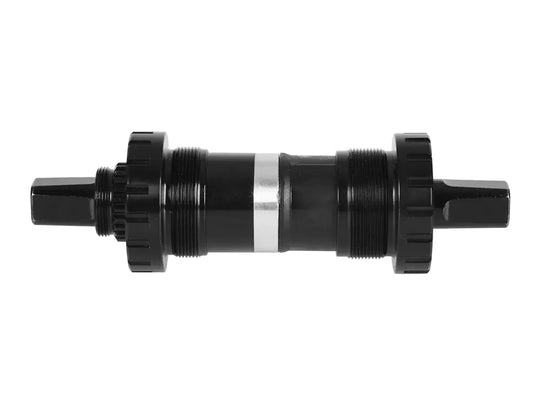
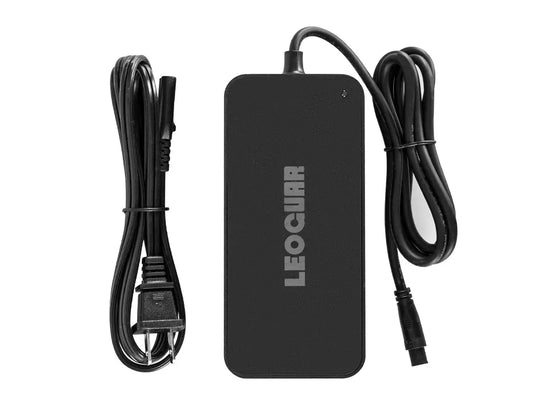
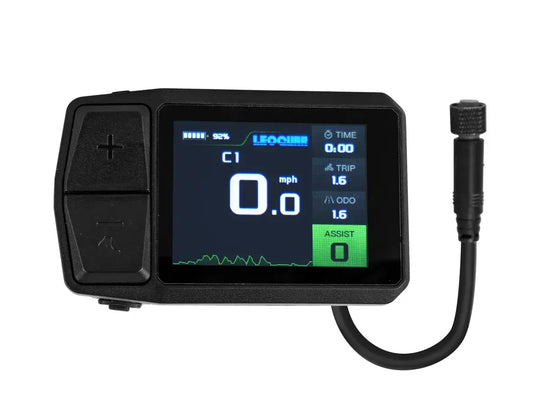
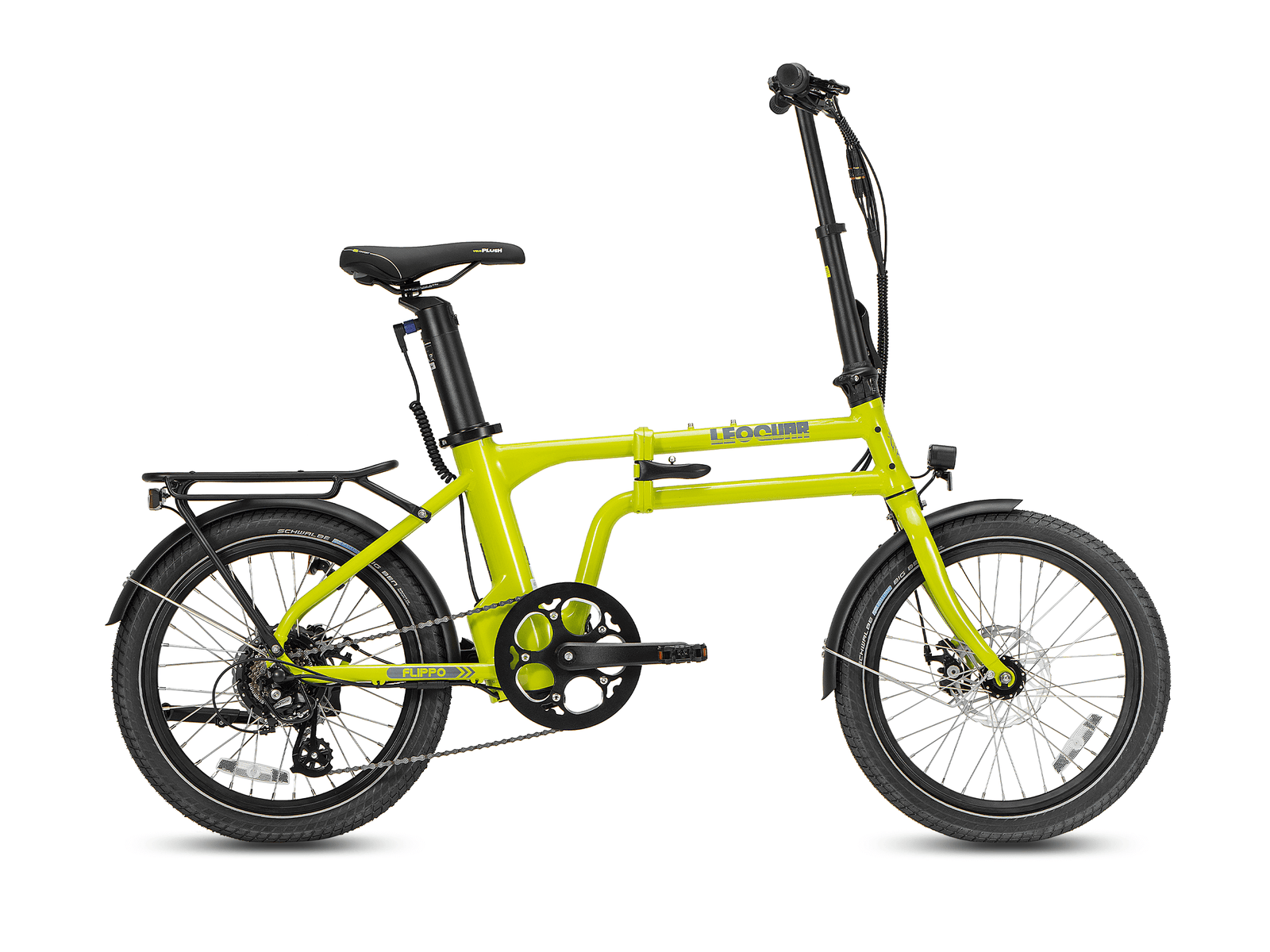








Leave a comment